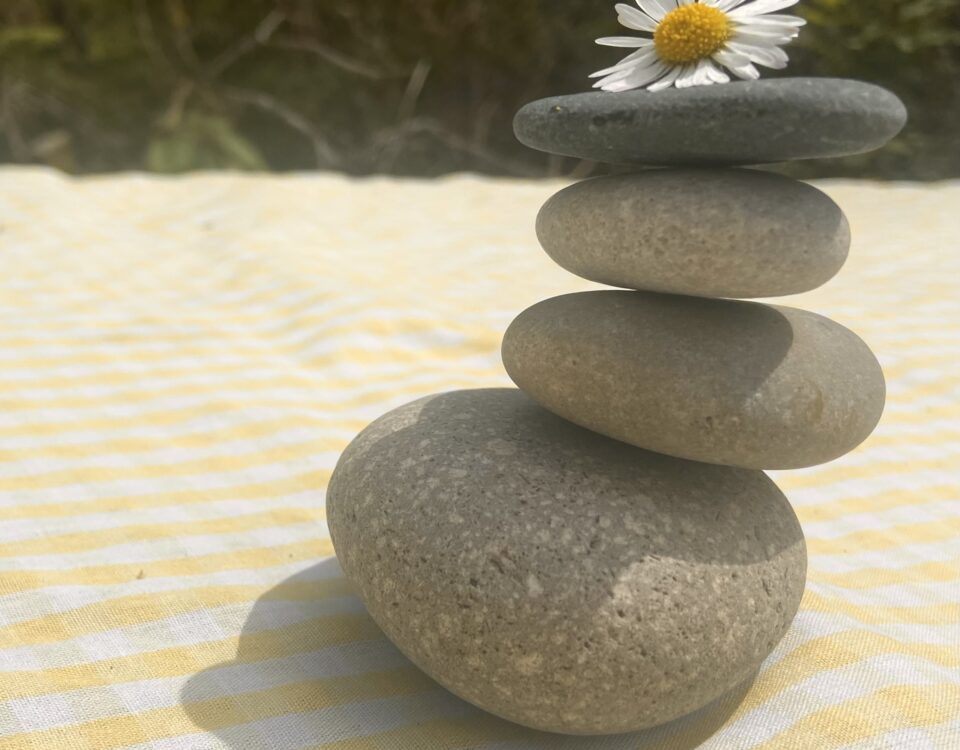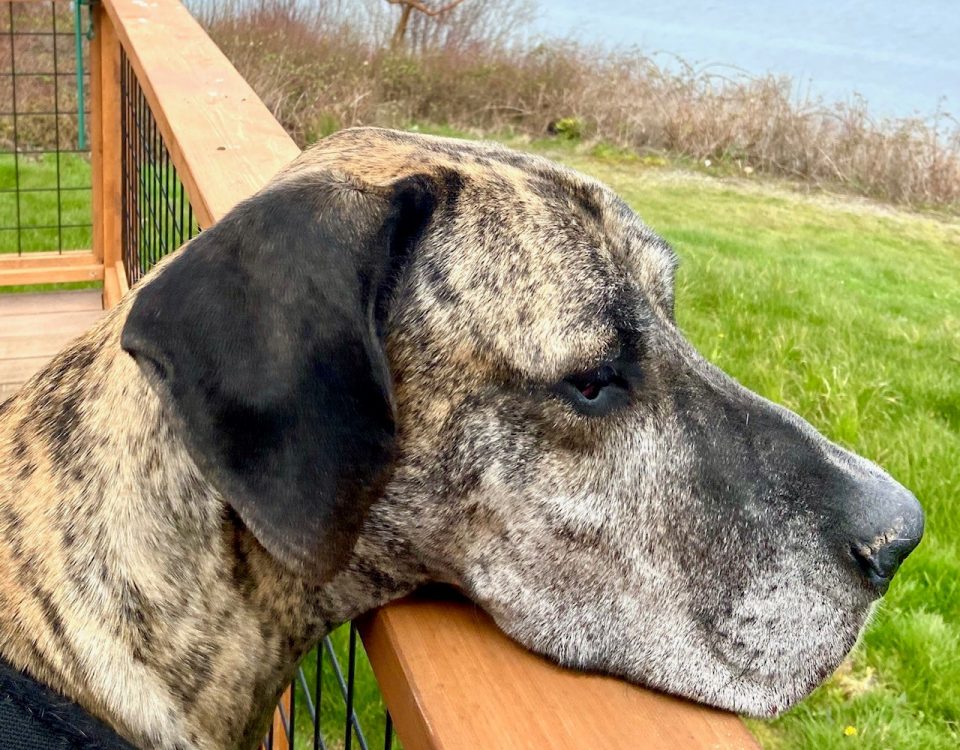Parkinson’s and Yoga: Read the Label
June 16, 2012Shame, Shame
July 25, 2012Right, Left, Right
The game Twister often comes to mind when I guide a class through numerous ‘right’ ‘left’ cues. It can get befuddle the most able bodied. And while the goal of the game is to fluster and tumble, yoga is more about focus and balance.
Recently, a wonderful yoga teacher asked about how to work around the right/left issue when it begins to distract rather than guide. She kindly told me that she found my response helpful. I share it here with best wishes that you, too, find some benefit in your practice or teaching.
Thank you for your question. It’s a good one. There can be proprioception concerns as well as disjointed messages from the brain to the limb (also common with stroke).
Cueing from ‘right’ and ‘left’ to something more descriptive can help. In addition to cueing, I’ll often sequence through a series of movements on one side then the other rather than switching back and forth.
CUEING
For arm extensions, wrist work, some shoulder openers or focused leg extension, hipt flexion and rotation as well as ankle work:
I start on one side, with the cue to the students to begin with their stronger side. I know it’s not yoga-ish to quantify ‘stronger’ but in reality, people with movement issues very often do have one side that works better and responds more quickly. For me, it’s my right side. I happen to also be right-handed or right-dominant. That doesn’t always happen, so I wouldn’t use the term “dominant” side, because a student could be left-handed but the PD affects them on that side
Using the stronger side first not only ensures more success with the movement, it creates a kind of muscle memory that will help move the other side. I often cue to notice how moving in and out of the stretch feels so they can tap into that feeling when trying to get the other side moving.
SEQUENCING
I will often run through a series on one side before the other both for the success and muscle memory noted above, but also for less stress. The mental shift from getting the brain messages to operate one side can be challenging – to keep switching can be even more so.
That said, in my opinion, it’s important to cross the midline. I tend to do that with both arms together, such as swinging the arms in figure 8s (a kayaking motion) or alternating crossing the arms over the heart /extending back during a breathing exercise.



1 Comment
This video (and the People Yoga series) is relaly fantastic. I found this easy to follow and keep up with and the work out was solid; my heart got pumping. I’ve done a bit of yoga this video series relaly sticks out as a great way to learn and practice.